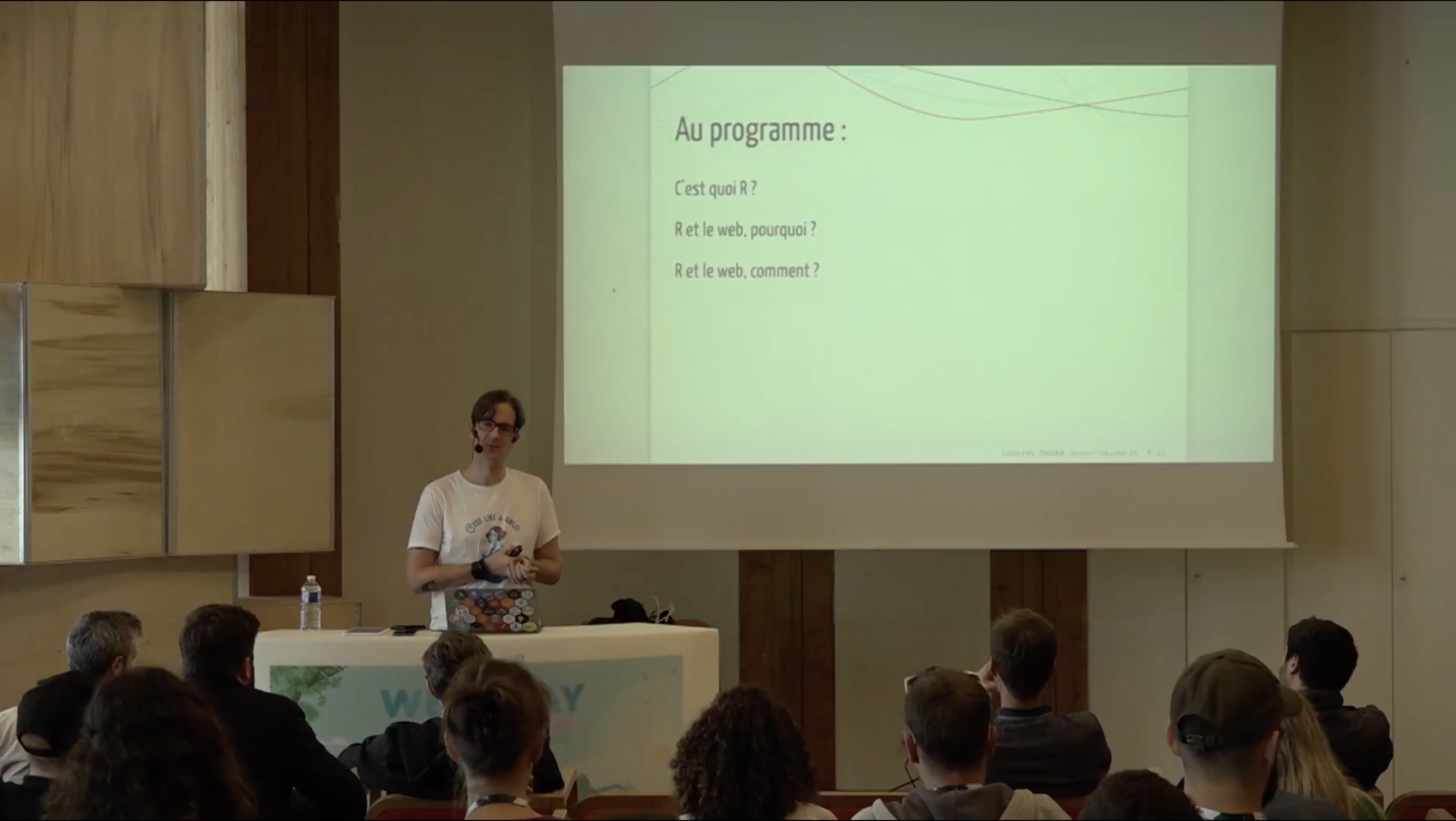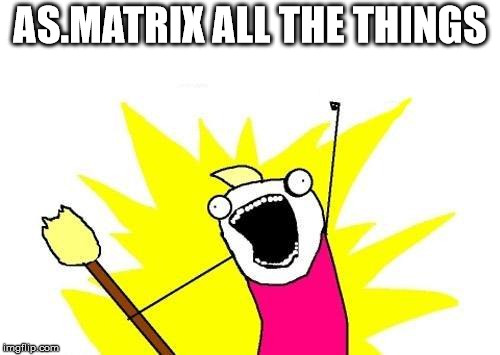Mango at Insurance Data Science Conference
Ruth Thomson, Strategic Innovation & Strategic Advice On Monday, I am very much looking forward to joining the panel discussion at the Insurance Data Science Conference at the Cass Business School alongside Kristen Dardia from Verisk Analytics and Hadrien Dykiel from R Studio. If you’re reading this on the 16th ... [Read more...]













